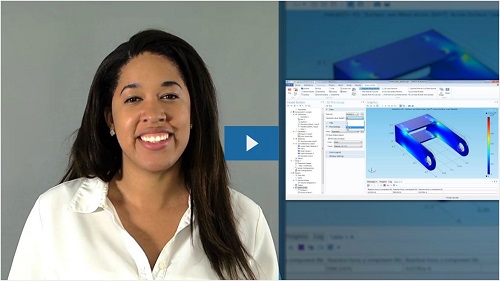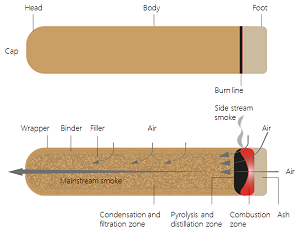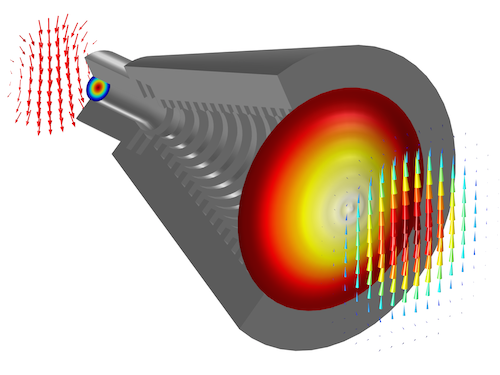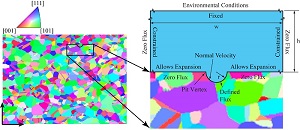Latest Posts

Shape-Memory Polymer May Help in Facial Reconstructions
Researchers at Texas A&M developed a shape memory polymer that can potentially be used to fill in critical-sized bone defects in the human face. Get the full story here >>

The Evolution of Night Vision Technology
Night vision glasses have existed since World War II, but they used to be so bulky that they were inconvenient to use. Learn about the design evolution from active to passive infrared technology.

Video Tutorial: Introduction to Modeling Structural Mechanics
Learn the fundamentals of simulating structural mechanics problems in the COMSOL® software: Get a quick overview in this blog post, with an embedded video tutorial included.

Physics Make or Break the Comic Book Movie Illusion
The animation team behind the 2014 film The Amazing Spider-Man 2 attempted to comply with the laws of physics while making the movie. Get an overview of the different phenomena they considered.

Why Room Acoustics Matters
How come a recorded soundscape is never as satisfying as listening to the real thing? The answer lies in the phenomenon of room acoustics. Get a comprehensive overview of this concept here.

Shaping the Future with Holography
Did you know that holography was first developed by Dennis Gabor in 1948? Because of his discovery, he was awarded the Nobel Prize in Physics in 1971. See how the field has expanded since then.

Hygroscopy of Brown vs. White Sugar, the Banana Bread Test
Physics in the kitchen: We bake 2 loaves of vegan banana bread to compare the hygroscopic properties of white and brown sugar. Get details — and the recipe! — on the blog.

Sometimes a Cigar Is More Than Just a Cigar
Are you a casual stogie fan? A cigar aficionado? We show off a simple model of a cigar to study the temperature distribution of the smoke and concentration of oxygen.

Infrared Pothole Repair: A More Permanent Solution
Potholes are an annoying reality for anyone who drives a car. We discuss how potholes form in asphalt and a potential way to permanently repair them using infrared technology.

Vinyl Records: A Sound All Their Own
Here’s a piece of music trivia: Vinyl records can be traced back to the development of the phonoautograph in 1855 by Édouard-Léon Scott de Martinville.

2D Axisymmetric Model of a Conical Horn Antenna
Did you know that you can save time setting up your electromagnetics models by taking advantage of axisymmetry? We discuss the benefits of this approach using a conical horn antenna example.

A Strategy for Designing Corrosion-Resistant Materials
Engineers at the Naval Research Laboratory in Washington, D.C., turned to multiphysics simulation to better understand the fundamental mechanisms behind corrosion damage. Get the full story >>
